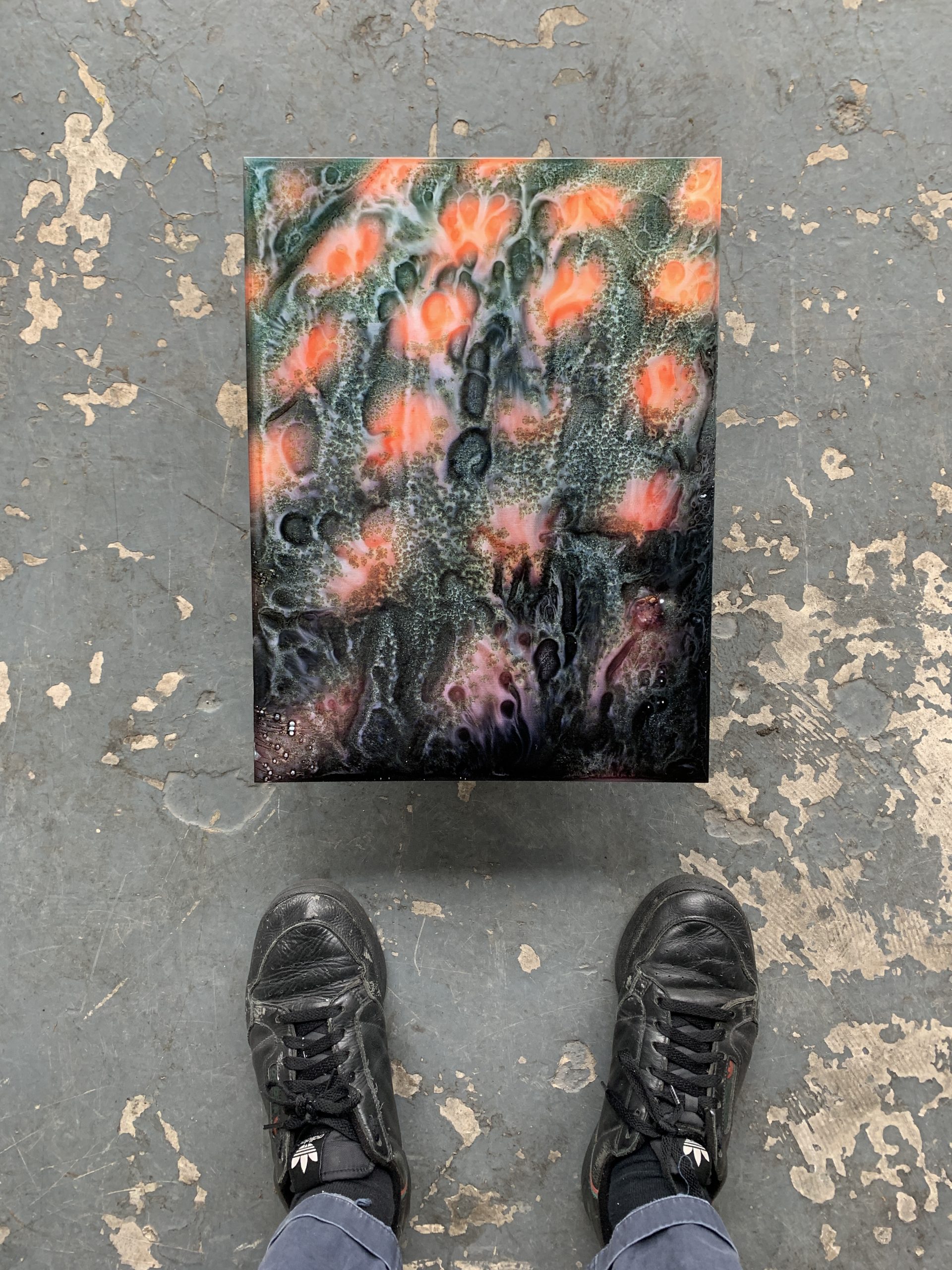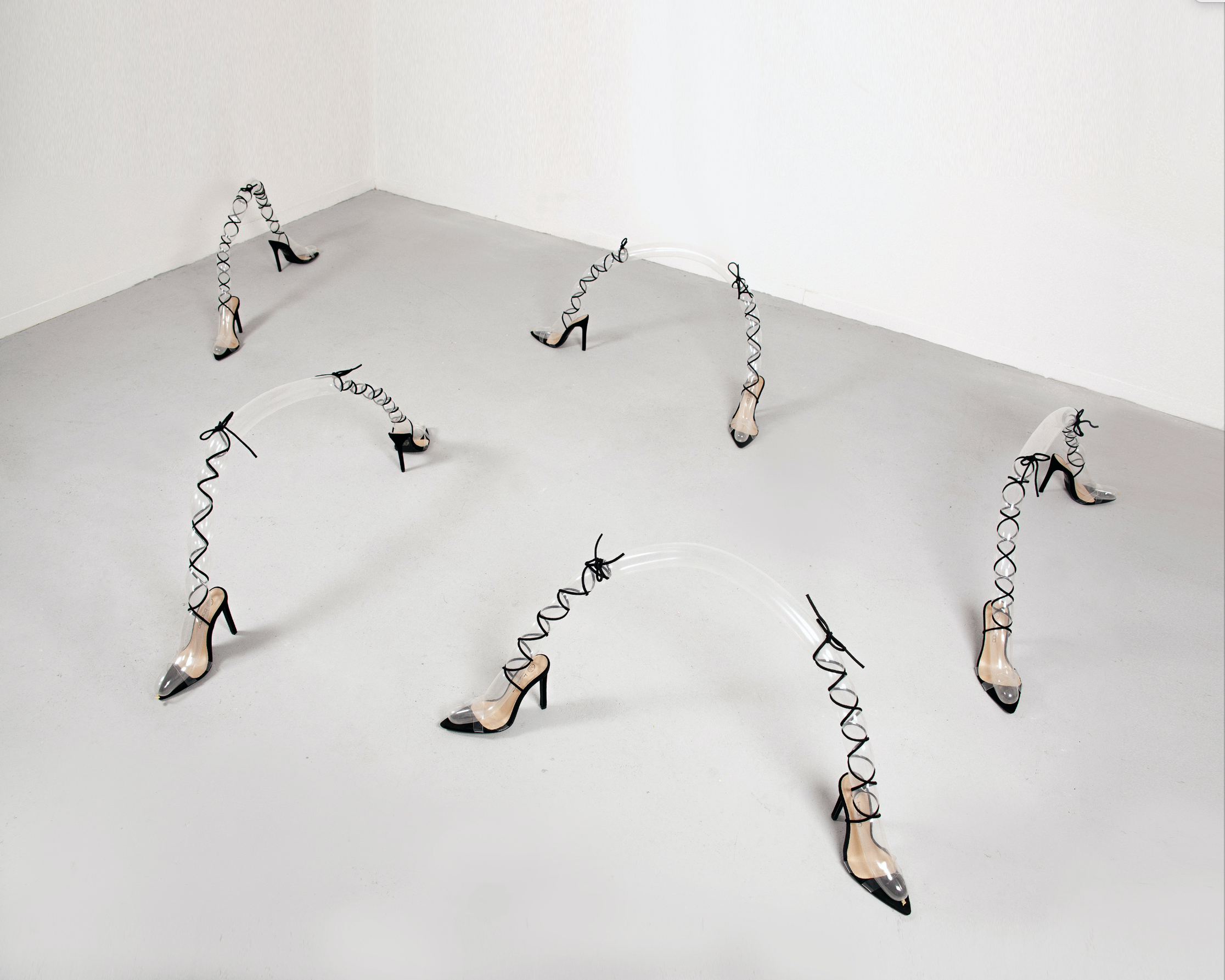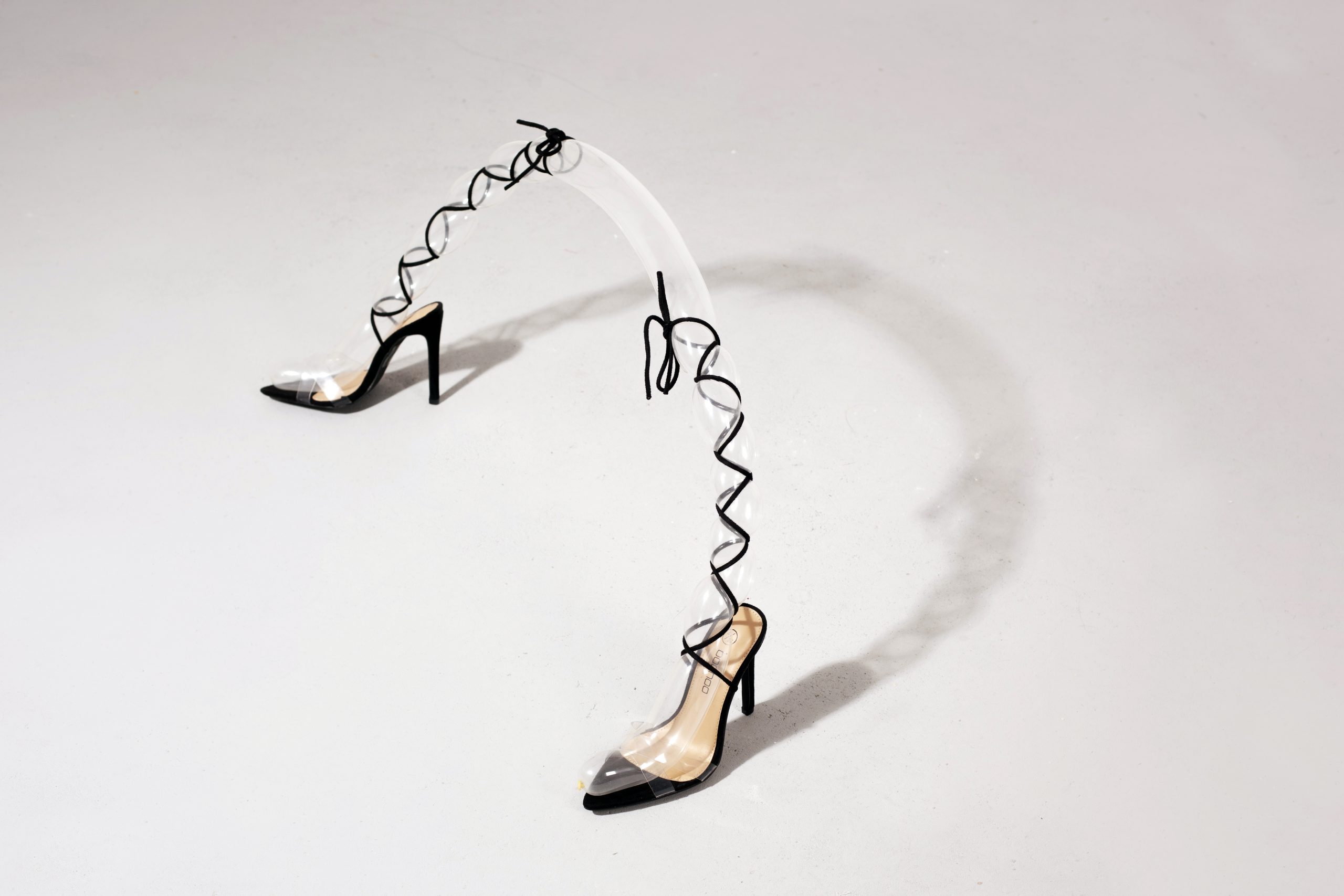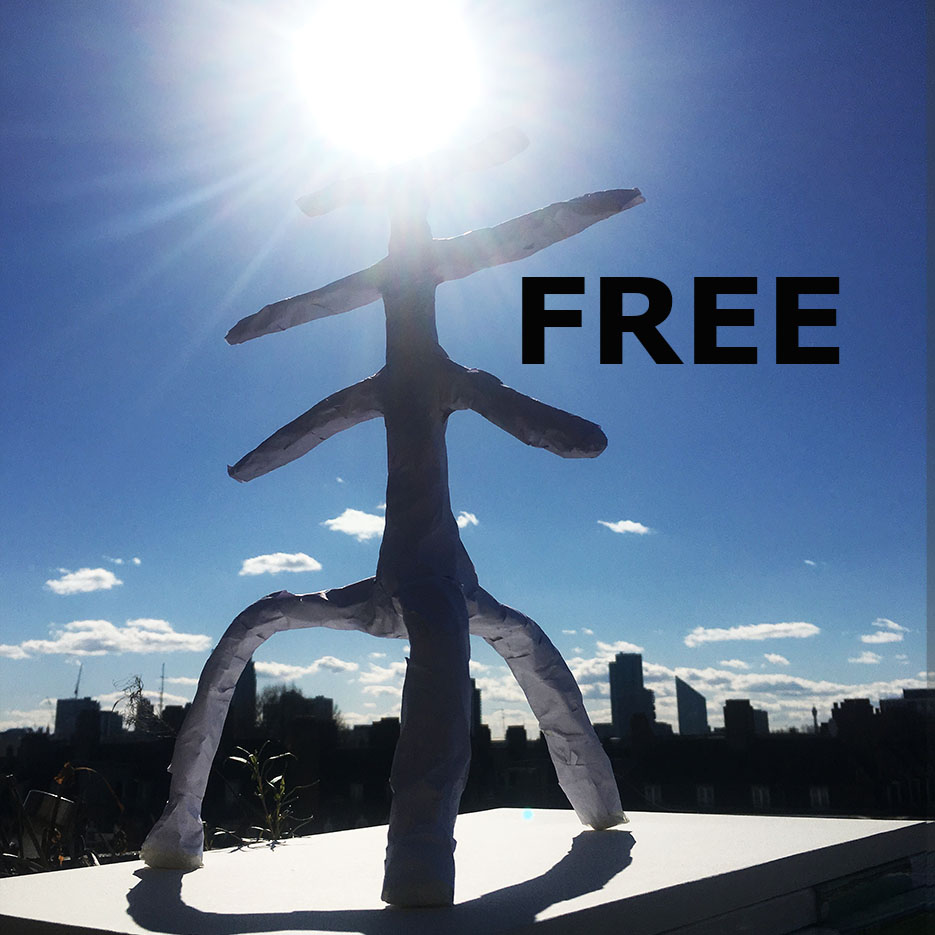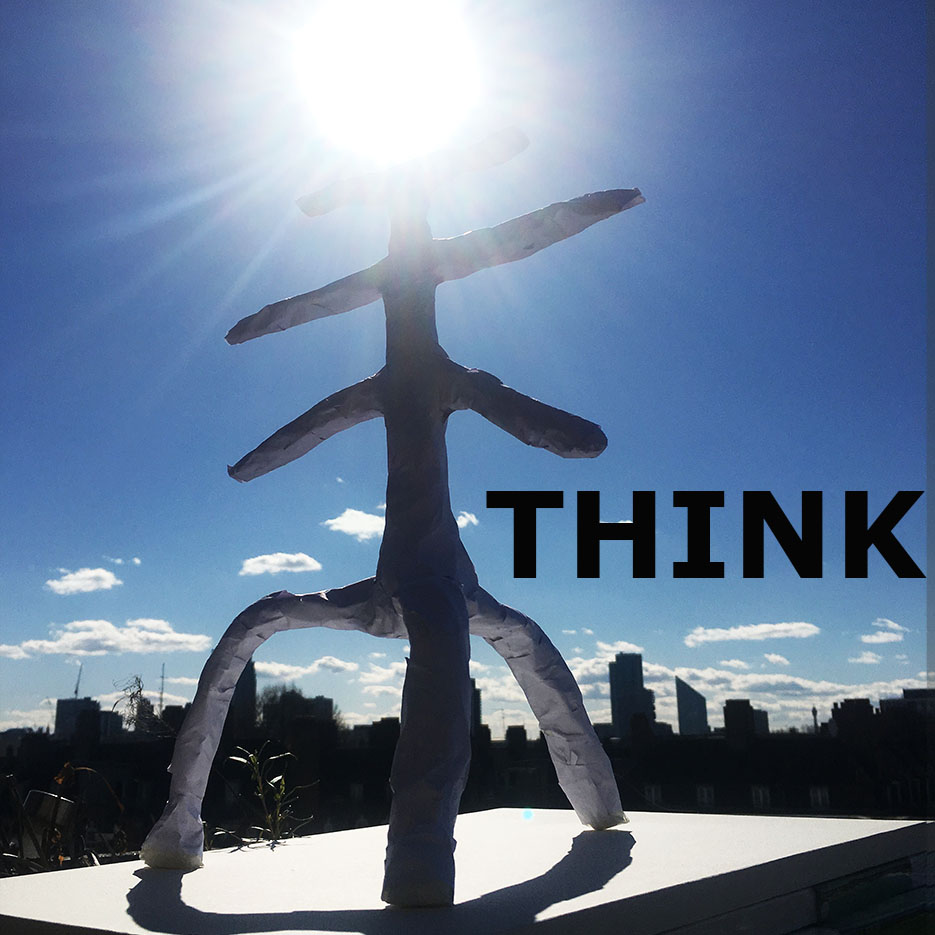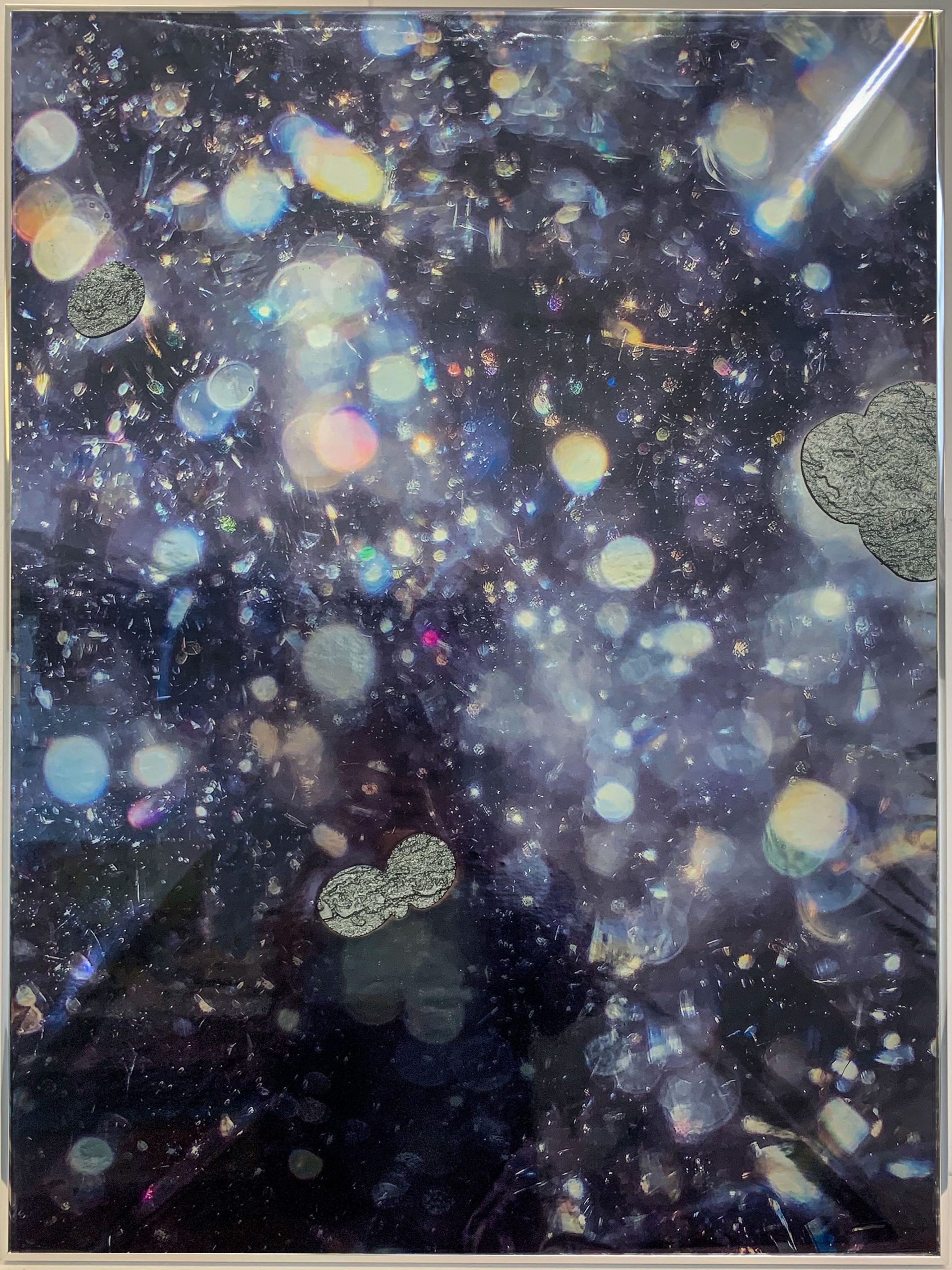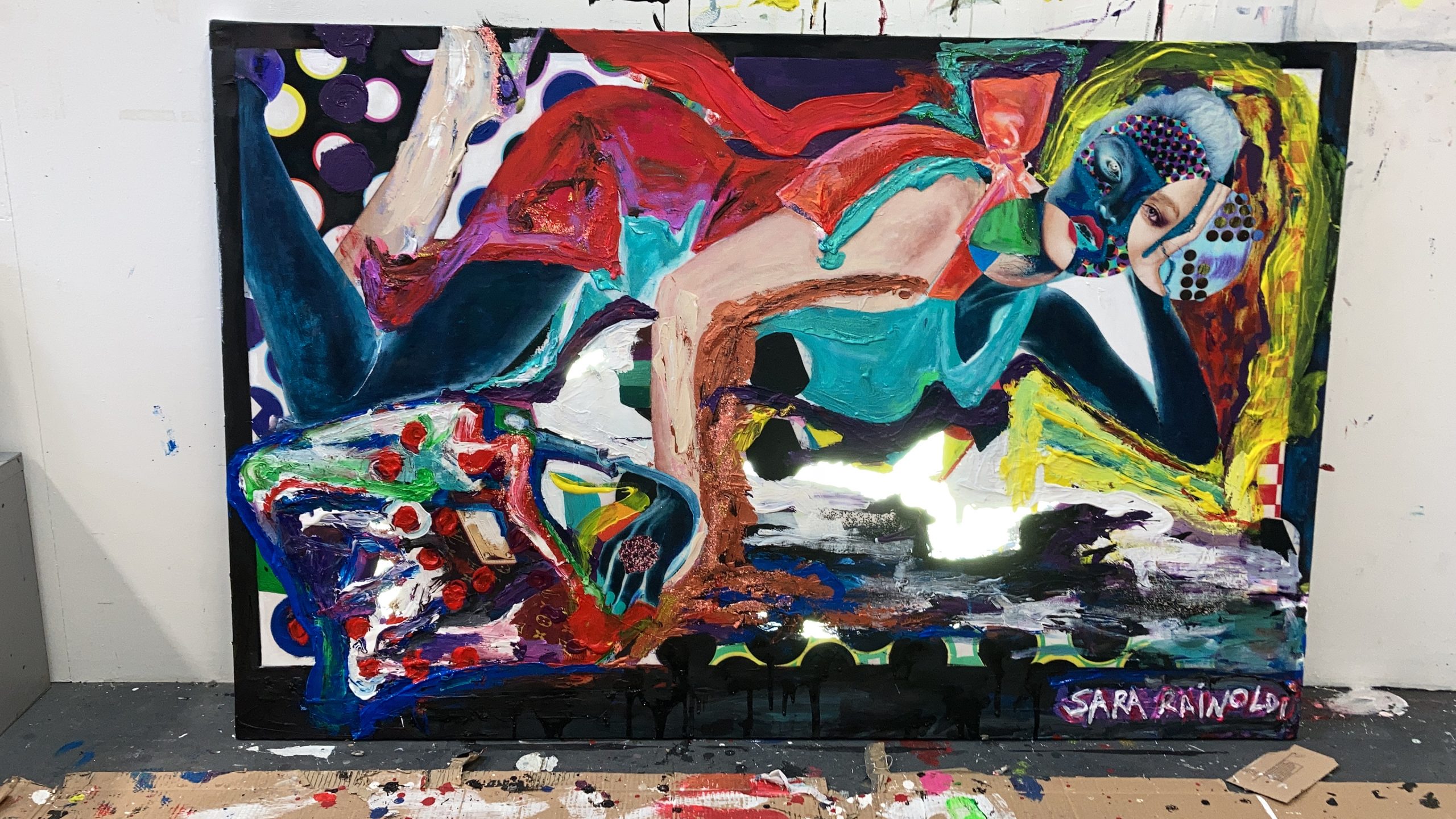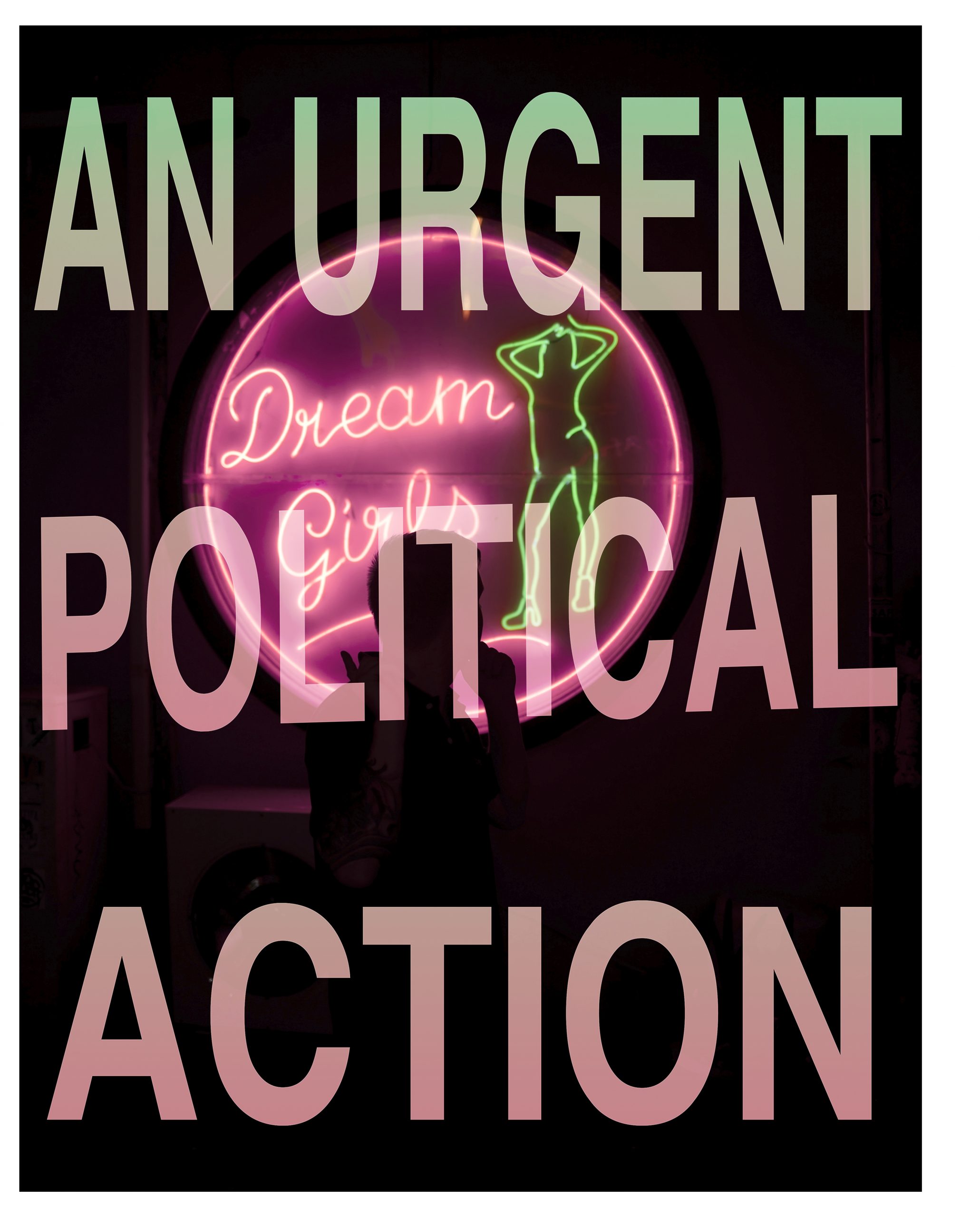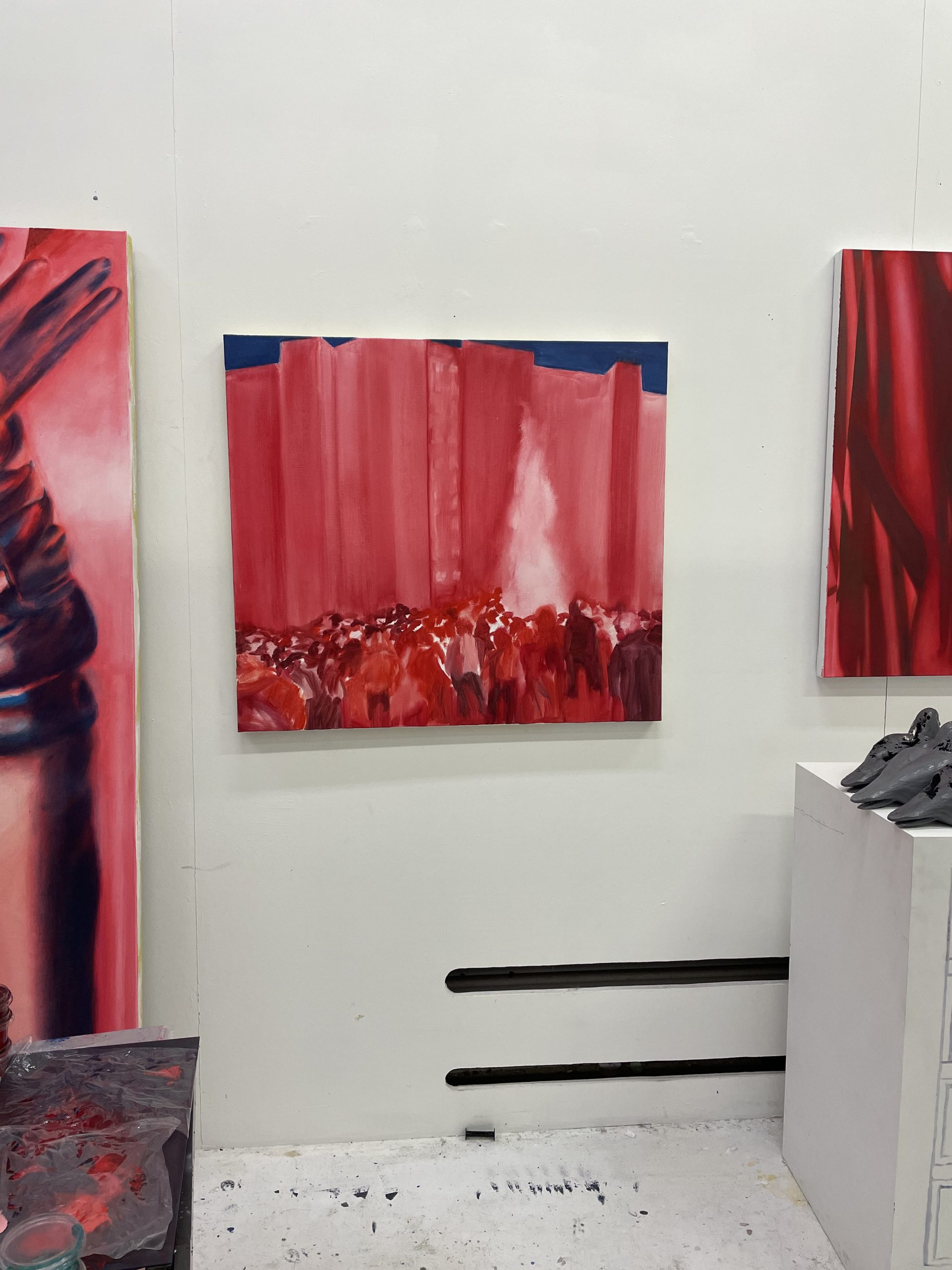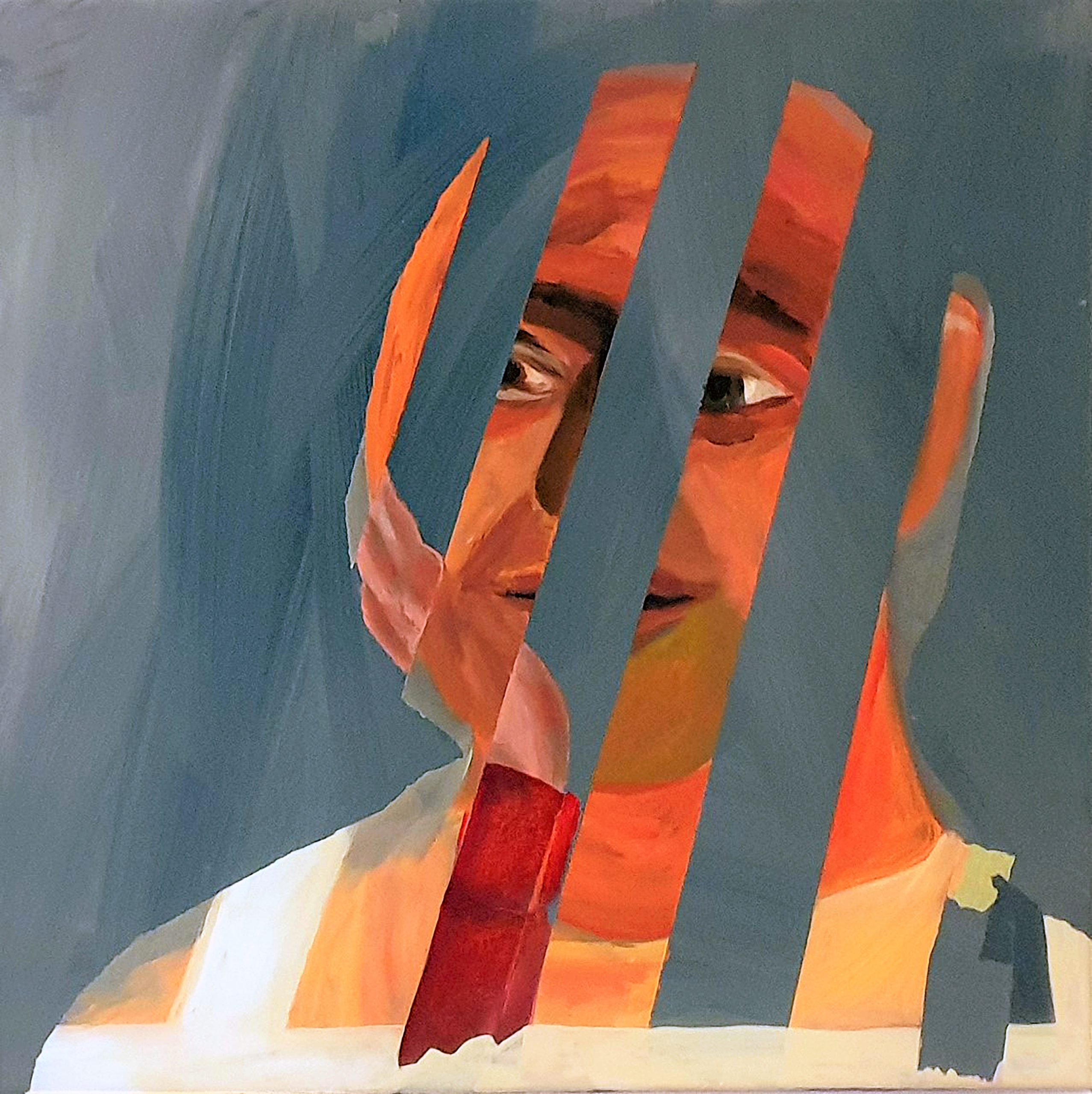- I Want To Give You Devotion
- SEAGER
- Closing Supper
- Beyond the Virus
- Rory Beard
- Deptford Food Centre
- Andreas Mallouris
- dieinternet.org
- Access Art Trail
- DEPTFORD X
- FuQing Chinese Supermarket 福清超市
- ACCESS x Job Centre
- Screening
- Finissage
- The Bohemians
- SET
- Where Nature Ends
- Terrys
- Abacus Insurance Services
- Access Map
- M’ARKS
- Info
- Art Trail
- Instagram Test
ACCESS — SPONSORED BY DEPTFORD X
9 Brookmill Rd, Saint John's, SE8 4HL, London
April 12—19
Malcolm Bradley
Sophie Cunningham
Anne Mccloy
Georgia Noble
Sara Rainoldi
Uchercie Tang
Ahren Warner
Nana Wolke
Diana Zrnic
Curated by
Maria Veria Biondo
Clara Rodorigo
We are honoured and grateful to Deptford X for being one of the sponsors of ACCESS. In the windows of Deptford X, ACCESS presents works by nine emerging artists working across sculpture, installation, painting and photography. What brings together nine works realised using different techniques and with totally different intentions is the desire to make art and work together again. Bright colours and bizarre shapes suggest creative chaos reminiscent of distant circumstances.
Due to the health emergency, many exhibition spaces and local businesses have been forced to close temporarily or indefinitely over the past year. Working on the ACCESS project has allowed students from MFA Fine Art and Curating to develop a project together in a collaborative and proactive spirit, in dialogue with Goldsmiths’ host community and the local businesses representing the heart of the Deptford area. Coinciding with the reopening of shops and businesses, we hope that this project will represent a small chance to return to inhabiting public space with a new, renewed awareness and attention to the realities that animate it.
Deptford X, London’s longest–running visual arts festival, was founded in 1998. Based in Deptford, SE, the visual arts charity is well known for its engagement both with artists and the local community within the borough of Lewisham and beyond.
Malcolm Bradley works across print, writing and film. His work explores the subjective, fleshy presence of the camera eye and often the act of capturing is itself the focus. The works try to describe what it means to be ‘in the moment’ and, in a distressingly calm tone, suggests this is more stupefying than soothing.
For the ACCESS exhibition at Deptford X, Bradley is showing a print, Postictal state (2020), made from a photo found on his phone during lockdown that resembles phosphenes, the lights one perceives when our eyes are closed.
Works by Sophie Cunningham explore the subject matter of contemporary consumer culture, specifically the phycology of online shopping and garment distribution. Her practice is mainly articulated through photography, sculpture, and durational installations.
For the ACCESS exhibition at Deptford X, Cunningham is showing durational installation ‘Strut (Deconstructed)’, (2021). This is part of the series ‘28-Day Sculptures’, where she uses the regulations of online shopping as a premise for her artwork, following retailers return policies as ‘rules’ for her durational sculptures.
Like Marx, Neitzsche and later Freud, Hegel sought to free human agents not only from the coercive illusions that inhabit their capacities for free thought and action, but from the forms of social life within which those coercive illusions thrive an find expression.”
Smith, Steven. “Hegel’s Idea of Critical Theory.” Political Theory 15 (1987): 99-126.
FORM FREE THINK OK (2021). In this work Anne McCloy is concerned with our energetic interconnectedness, to each other and the world around us, through our existence, our actions and our thoughts. The question : How can we encourage thoughts free from imposed structural systems to form new things of substance though the creative act ? The answer manifests in both sculpture and digital imagery encompassing symbolisms of heaven, sky, sun and the divine mind in a magical act calling forth in thought form a free and optimistic future.
Georgia Noble‘s multi–disciplinary practice embodies notions of Queer futurism, Glitch Femininsm, Camp, Drag, sexuality, glamour, sex–positive feminism, materiality, Sci–Fi, world–building, and augmented reality. The artist seeks to take back control of technology reconstructing identity by digitally hyper augmenting reality in once natural images, then making them physically tangible in very machine–made materials and embalm them behind a resin surface, halted in time, preserved forever.
Sara Rainoldi (1993, Argentina) explores how painting engages with digital immateriality. Her concerns are mostly how painting can adapt to a saturated and overloaded digital world of images, and how users engage and behave to them. Her interest is to find a harmonious place where both digital and physical can coexist. Working with fashion imagery she also questions how the rise of new channels of distribution, social media platforms and online shopping tools made ‘fashion the new pop’ as previously stated by Peter De Potter.
Uchercie Tang’s practice explores different media and is based on non-dualistic and mediated agencies, an absurd fiction constructed by means of counteraction and emancipation which characterised by a wide range of inanimate things, technology, Spirituality.
Ahren Warner is an interdisciplinary artist currently working across writing, photography and moving image. The artist’s practice is an ongoing exploration of contemporary networks of globalised consumption, desire and subjectivity. Warner is particularly interested in the slippages and silences between affect and logic, the global movement of commodities, capital, people and pleasure and the variant forms of contemporary illiberalism and non–spaces.
Nana Wolke explores what one catches at the corner of the eye, things that happen when nobody is supposed to watch. Wolke is currently testing the thin line between plastic reality and authentic pretension, memories that etched into our memory and we now embraced as ours even though they might be just generic images seen on the (cinematic) screen.
Diana Zrnic’s diptych Space Between Us is part of a larger cycle of works called “Hybrid Condition”. It consists of a painting and a print equally and rightfully standing alongside each other. The work explores the interaction between the physical and digital realms as an expedient to delineate new pathways for the artist to follow. Suggesting a certain distance, the diptych may represent mutual detachment and separation in the context of the pandemic or in the intimacy of a long-distance relationship. Perhaps it speaks of a distinction between hand–made paintings and mechanically produced prints, or maybe between the physical and the digital features. The decision is up to the viewer.
We wish to thank Deptford X and all the businesses and locals involved for their support to this exhibition

